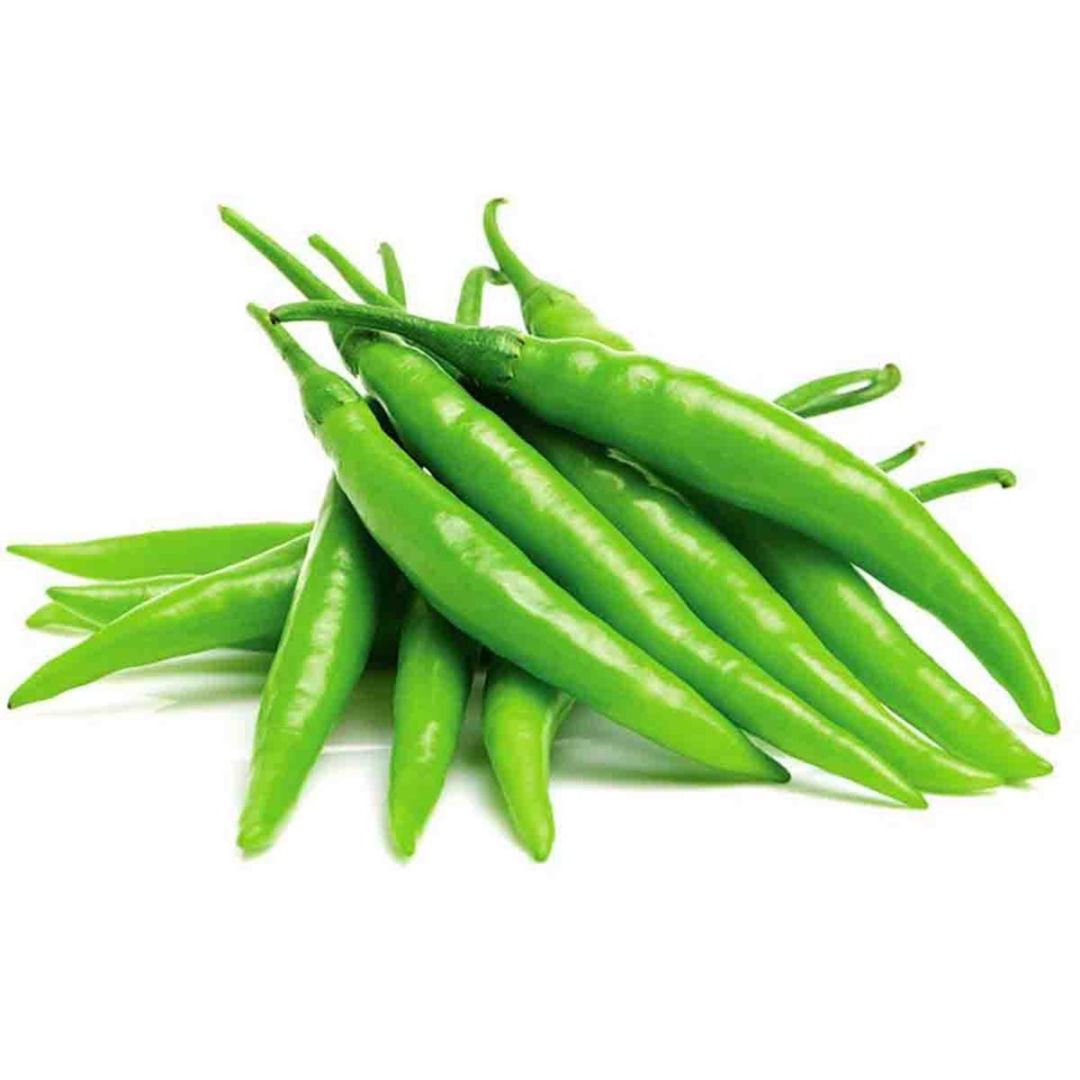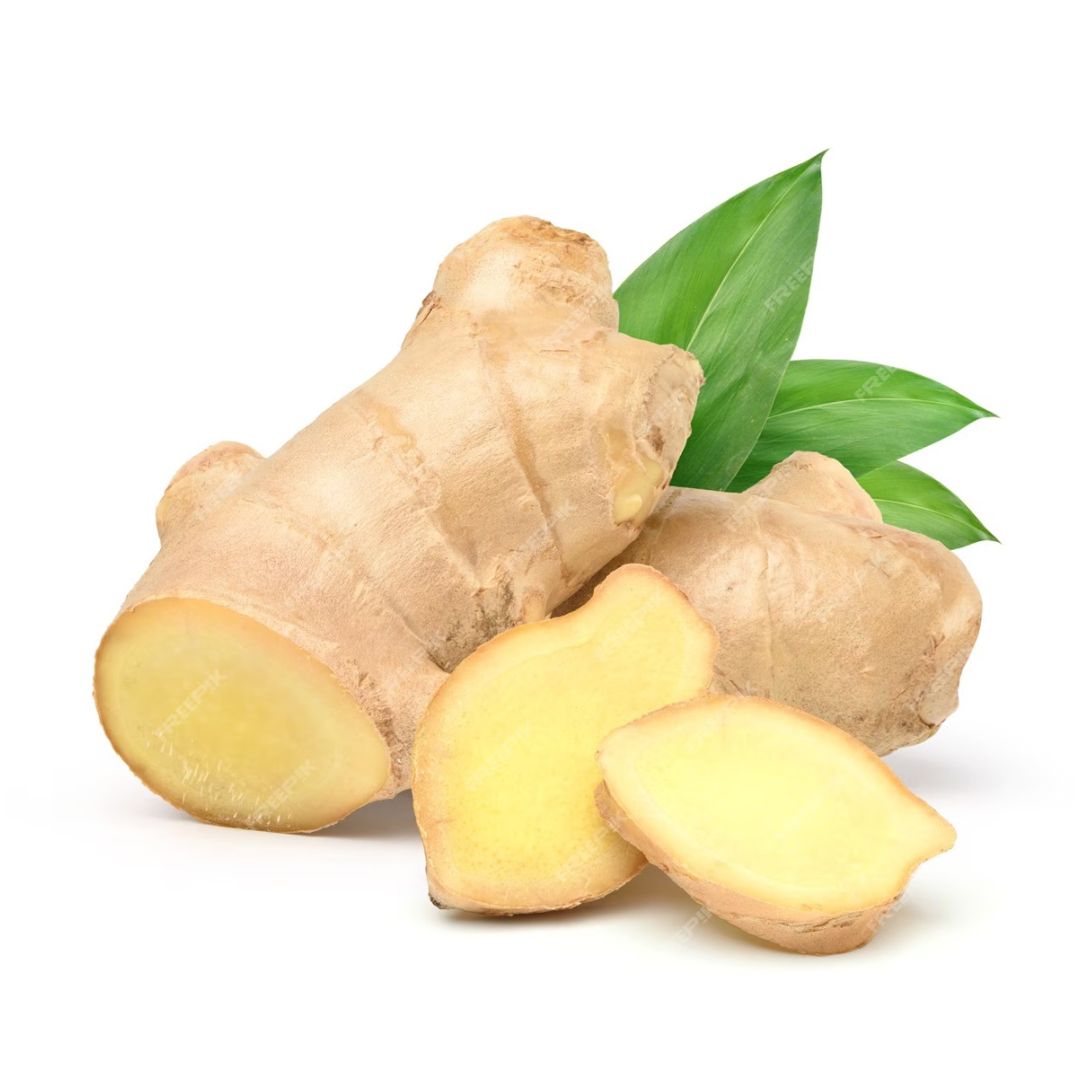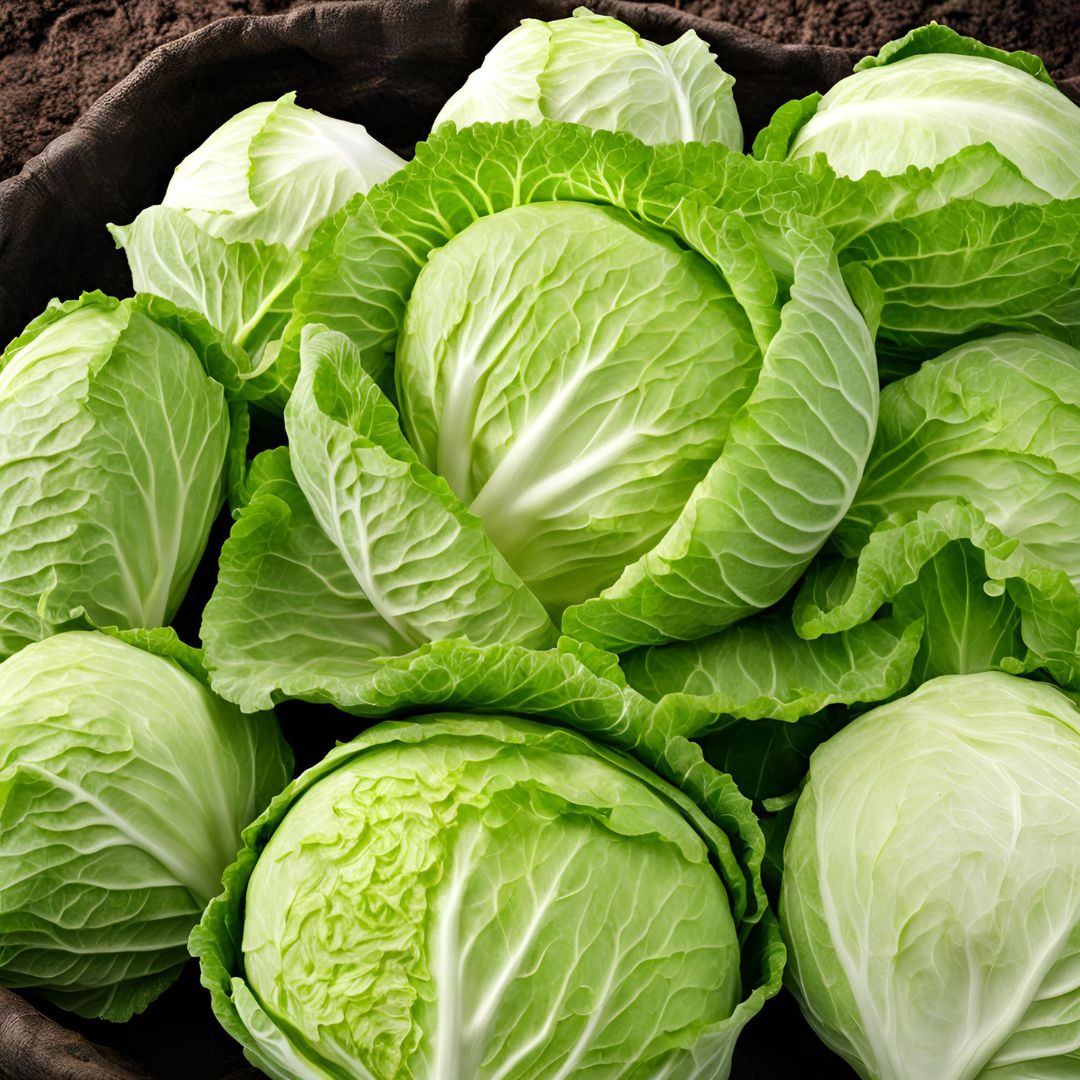Major Varieties of Indian Chillies
1. Guntur Chilli (Andhra Pradesh):
o Bright red color with high pungency.
o Preferred for making chilli powder.
o Popular in Asian and Middle Eastern markets.
2. Kashmiri Chilli (Jammu & Kashmir):
o Mild spiciness with vibrant red color.
o Often used for its rich color in curries and sauces.
3. Byadgi Chilli (Karnataka):
o Mild heat with a wrinkled texture.
o Known for its deep red color and aroma.
o Used in food processing and spice blends.
4. Jwala Chilli (Gujarat):
o Extremely hot with a slender shape.
o Commonly used in Indian households.
5. Teja Chilli (Andhra Pradesh):
o Very high pungency and bright red color.
o Primarily exported for spice manufacturing.
6. Green Chillies:
o Fresh, unripe chillies used for culinary purposes.
o Common in Southeast Asian and Middle Eastern cuisines.
Top Chilli-Producing States in India
1. Andhra Pradesh: Leading producer with the famous Guntur region.
2. Madhya Pradesh: Known for high-quality export chillies.
3. Karnataka: Produces Byadgi and other premium varieties.
4. Maharashtra: Significant contributor to chilli production.
5. Tamil Nadu and Gujarat: Producers of specific local varieties like Jwala.
Packaging and Transportation
1. Packaging Standards:
o Chillies are typically packed in perforated cartons, jute bags, or plastic crates to allow ventilation.
o Common pack sizes: 5kg, 10kg, 25kg, or as per buyer requirements.
o Proper labeling includes variety, grade, net weight, and country of origin.
2. Storage and Transport:
o Ideal temperature: 7–10°C for fresh green chillies.
o Maintain proper humidity (85–90%) to prevent dehydration.
Advantages of Indian Chillies
1. Wide Variety:
o Indian chillies cater to diverse taste and pungency preferences.
2. High Quality:
o Vibrant color, aroma, and heat levels make Indian chillies stand out in global markets.
3. Year-Round Availability:
o Due to staggered cultivation across different regions.




